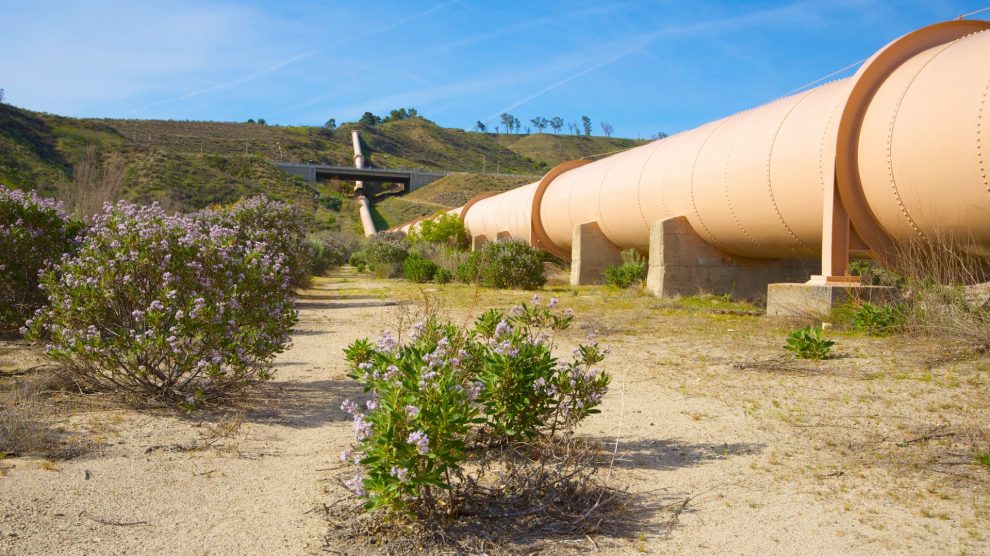As Rome (and the EU) seeks to end its dependency on Russian gas, it’s looking towards Northern Africa to meet its needs. On Monday, Prime Minister Mario Draghi signed an energy supply deal with Algerian President Abdelmadjid Tebboune, ensuring Algiers would deliver an additional 9 billion cubic metres (bcm) by 2023 on top of the 21 yearly bcms it already provides via the TransMed pipeline.
Italy has been upping its diversification efforts since Russia invaded Ukraine. The Italy-Algeria deal is the first concrete deliverable of a diplomatic tour, which saw Foreign Minister Luigi Di Maio and Claudio Descalzi, CEO of energy major Eni, touch down in Angola, Congo and Qatar. The PM is expected in Luanda and Brazzaville next week, and he’ll travel to Mozambique come May.
Here’s a breakdown of the additional gas streams that we know will flow into Italian terminals, according to the best available information and Il Sole 24 Ore’s reporting. Libya could add 2 bcm to Algeria’s increase. Congo looks set to provide five bcms a year of liquefied natural gas (LNG) starting in 2023, when the regasifying infrastructure currently under construction will be ready.
Over to Angola, where Eni just set up a joint venture with other energy majors (named Azule Energy) to manage the upstream portfolios. The Italian company also boasts a 25,6% share in New Gas Consortium, which is slated to open two new gas fields – Quiluma and Maboqueiro – holding an estimated 42 bcm.
Good news from Mozambique, too, as its first open sea LNG project (Coral South) is readying to tap into an estimated 120 bcm reserve by extracting and liquefying roughly five a year. Egypt, on its part, is ready to contribute three bcm in 2022 and five in 2023. Eni, which is heavily invested in the area, has also cheered the reactivation of the Damietta LNG terminal.
Then to Qatar, which already supplies roughly 10% of Italy’s gas needs – amounting to 7 yearly bcms of LNG, which are regasified at the Rovigo terminal. An additional three bcm are expected by the end of 2022, perhaps five more in 2023, but these figures are still subject to future developments.
A rough computation results in 20 additional bcm a year flowing into Italy’s gas grid – a good start, considering Russia supplied 30 bcm in 2021. Meanwhile, the Italian government is working elbow to elbow with the key energy players (Eni, Terna and Snam) to expand the diversification efforts further, starting with Azerbaijan, and monitor local developments.




